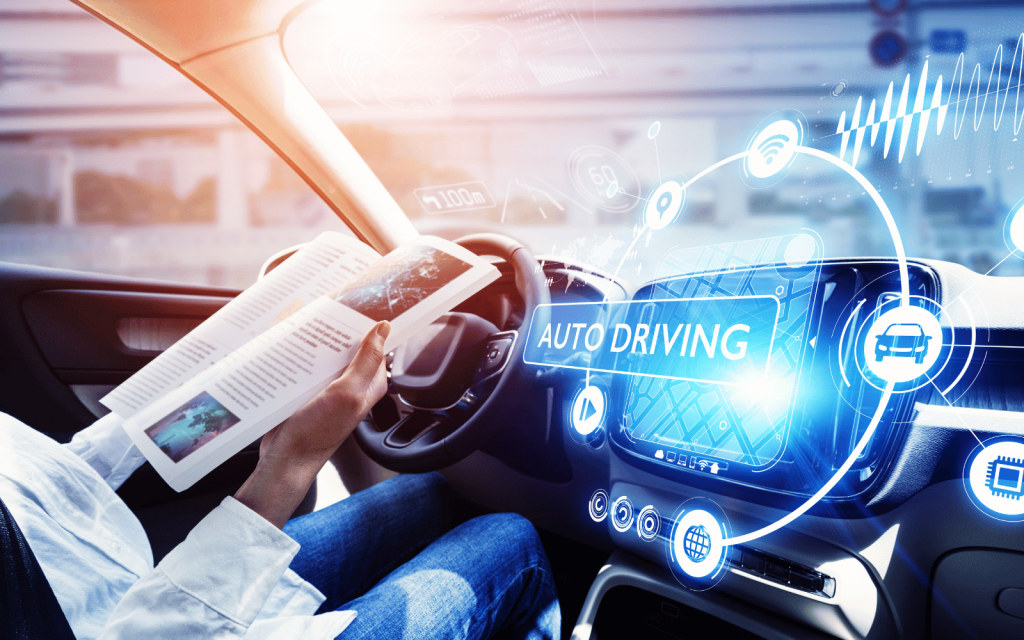It’s been a brief minute since we last heard about Huawei’s motoring aims. In that time, the Chinese company launched Qiankun, a new software brand aimed at the motoring industry.
The software covers interactions between a vehicle’s chassis, the driver’s seat, and the audio system. It’ll integrate with, presumably, any vehicles willing to license the tech. There may be a fair number of these cars. Huawei has serious plans to distribute it everywhere it can.
Qiankun in their boots
The company’s Jin Yuzhi, head of Huawei’s Intelligent Automotive Solution unit, said at an event ahead of the Beijing Motor Show, “2024 will be the first year for mass commercialisation of smart driving and the cumulative number of cars on road equipped with the Huawei self-driving system will top 500,000 by the year-end.”
The statement might be ambitious but Huawei currently has the pull to pull it off. In addition to partnering with Chinese brands Seres, Chery, and Changan Auto, the company has its own car on the roads. More or less. Huawei and Beijing Automotive Group (BAIC) have announced the Stelato S9, a new contender in the Chinese electric vehicle space. Since Xiaomi has just done something similar, it might be time to look out for Oppo, Vivo, or RealMe vehicles on the horizon.
Back to Qiankun (the name invokes the Chinese name for heaven and the Kunlun Mountains), there’s little information about what it can do. It’ll supposedly appear in more than ten models in China before the year’s out, accounting for that 500,000 cars figure. Exactly when Qiankun appears outside of its native China also remains to be seen.




